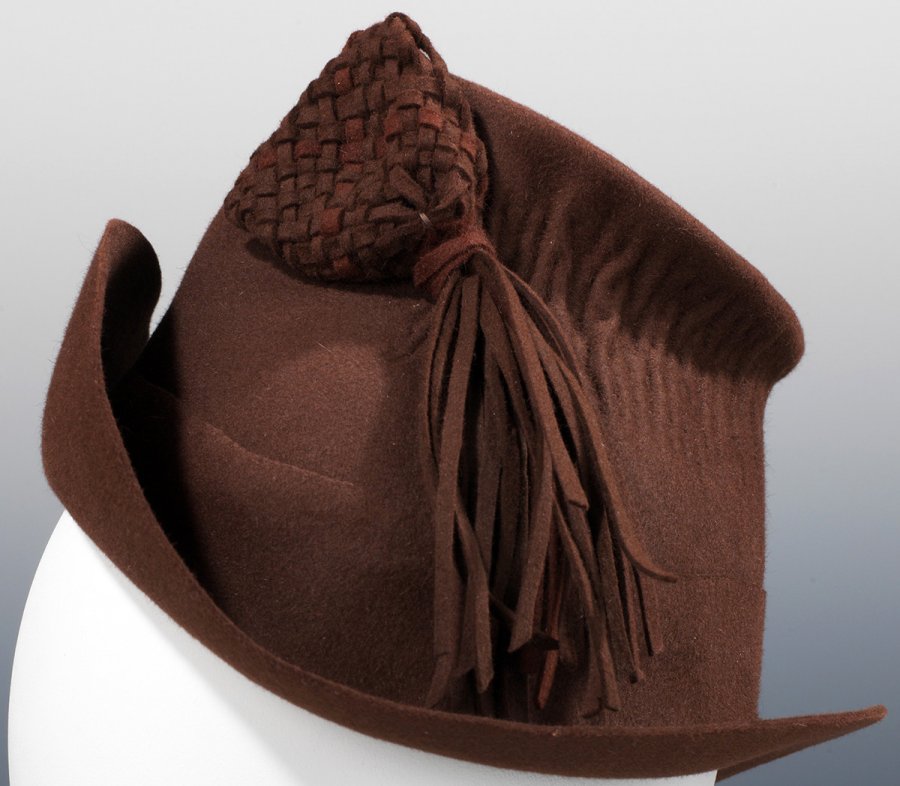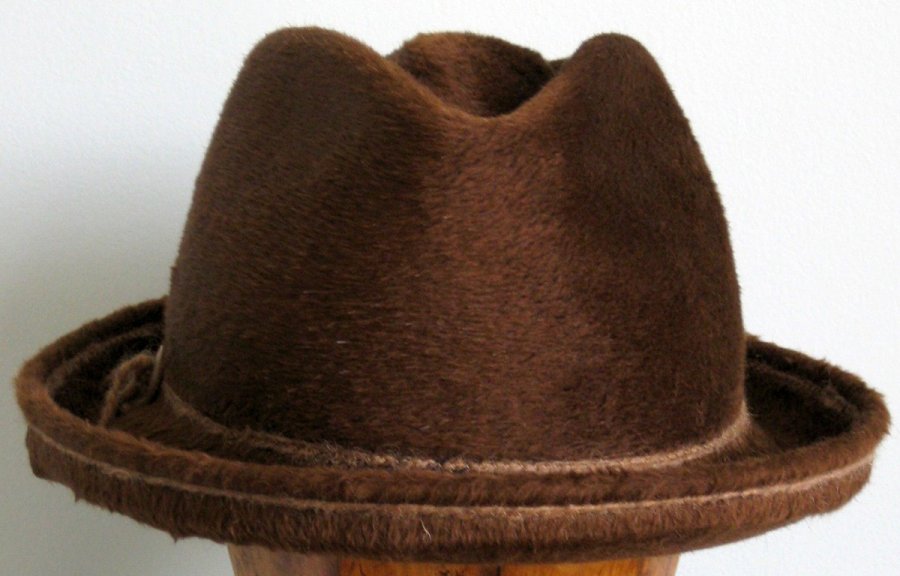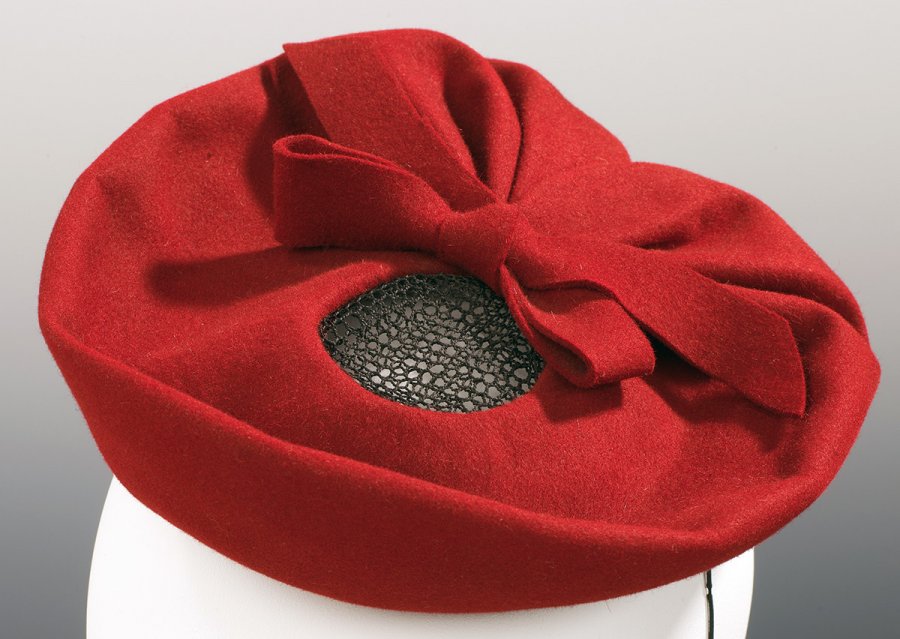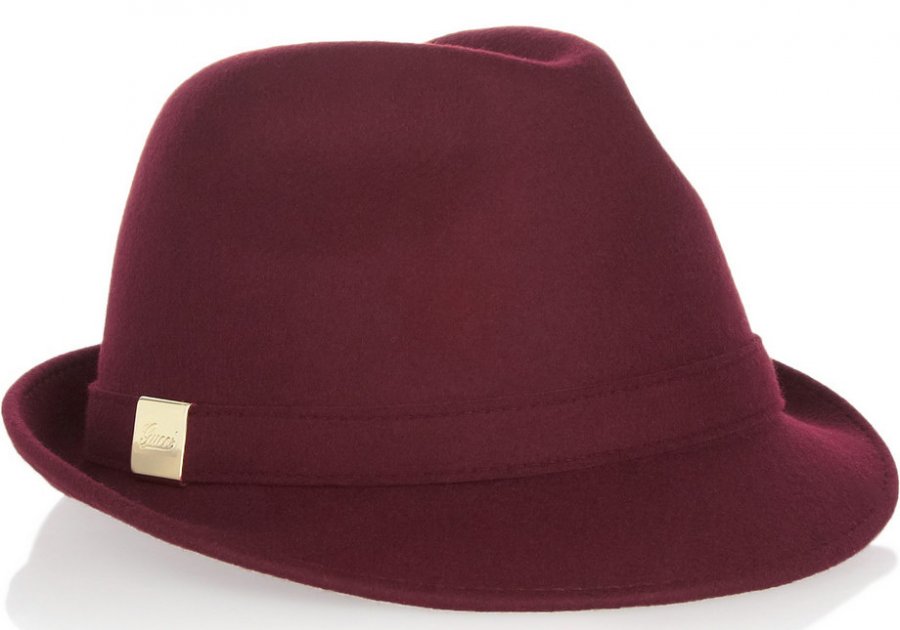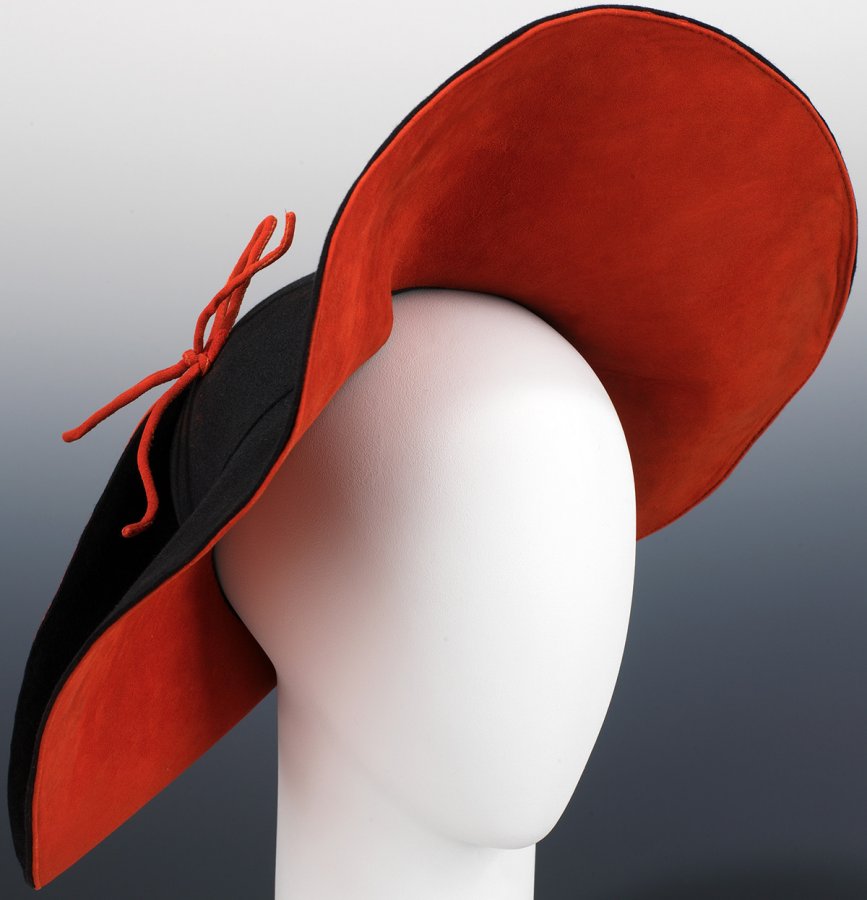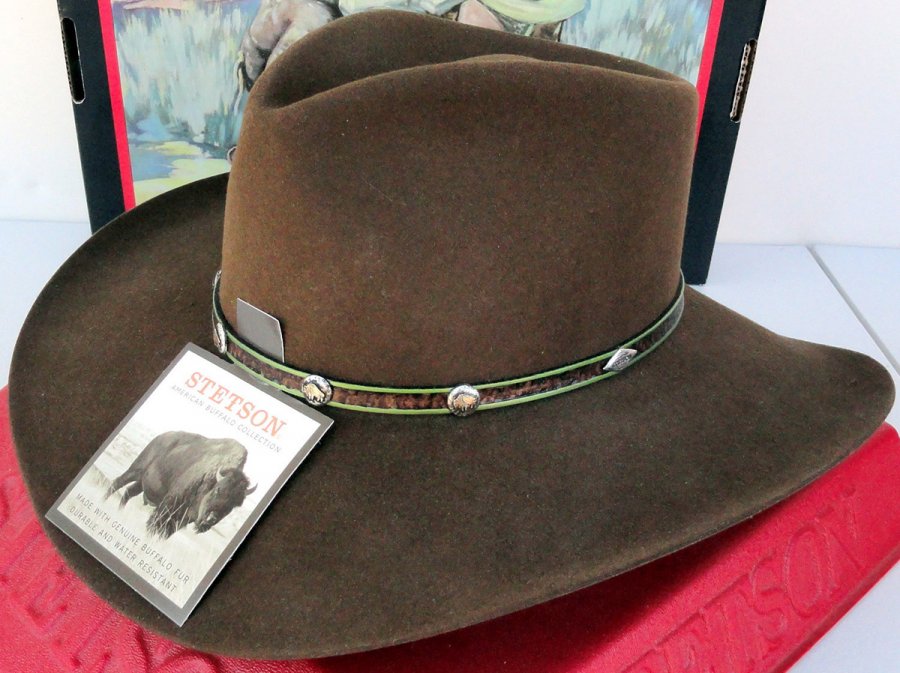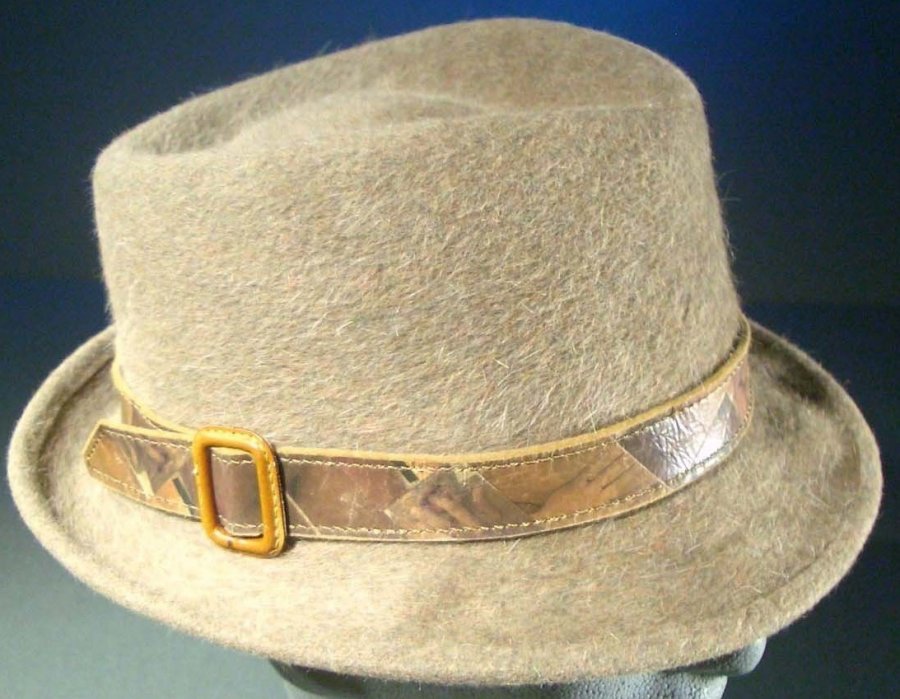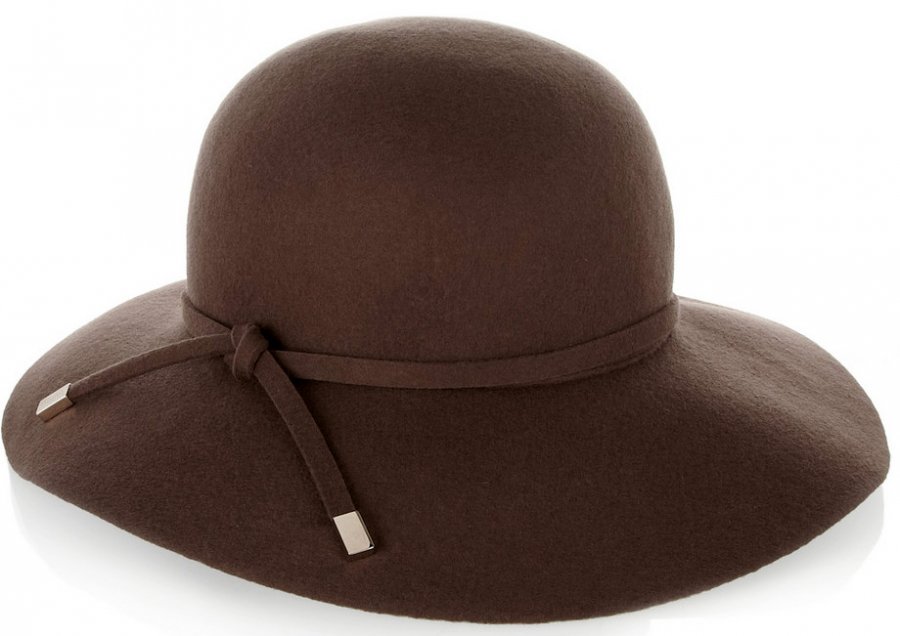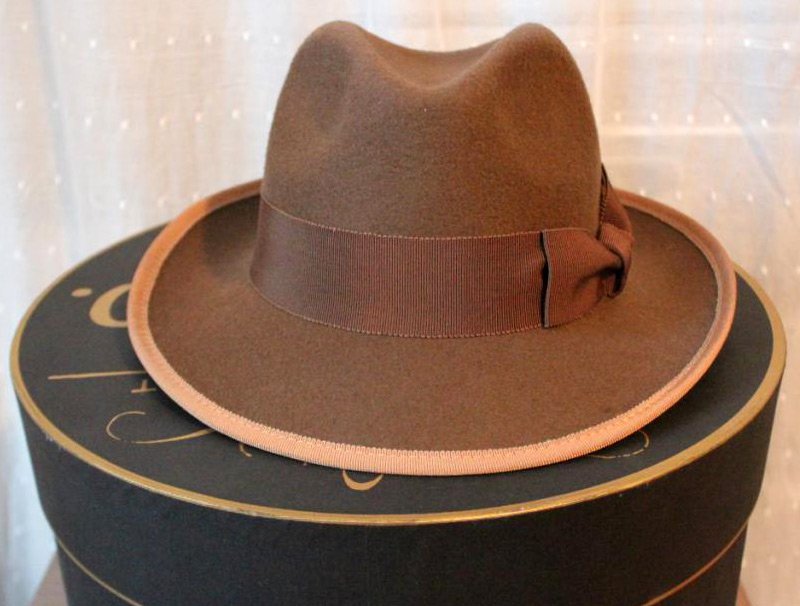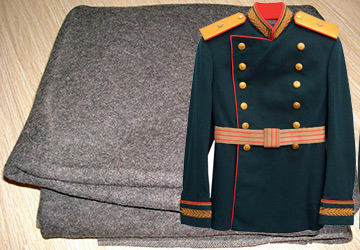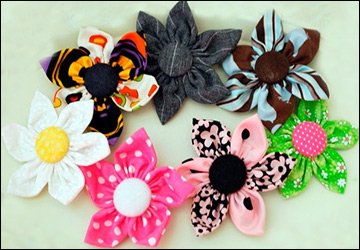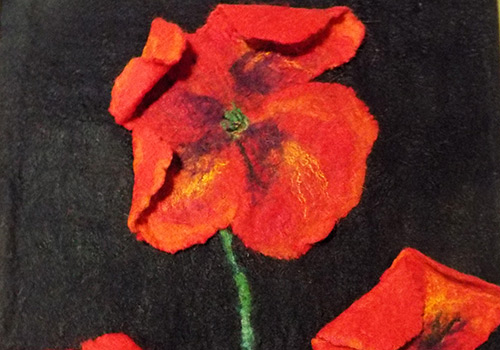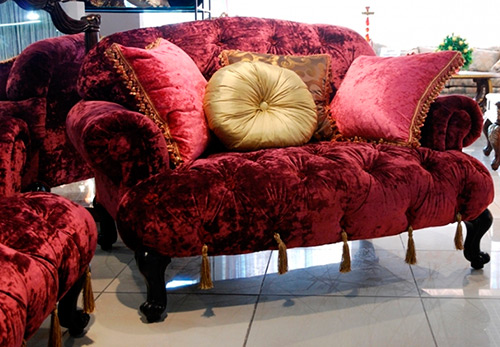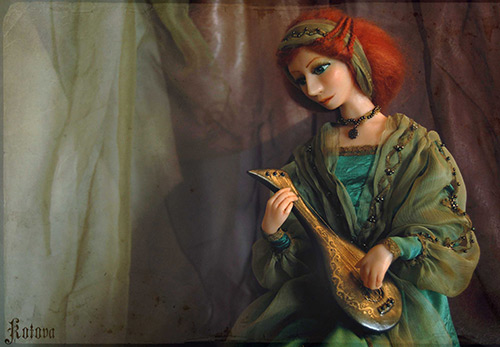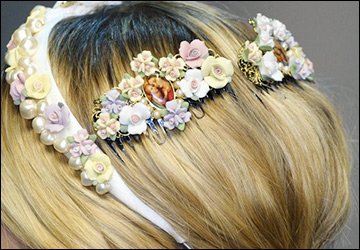Fashionable accessories
History of felt and felt hats
Felt and felt are materials that have long been used by humans to insulate their clothes and not only.
Felt (voilok) dense non-woven fabric made by felting wool or synthetic fibers. In Russia, sheep wool felt was used to make felt boots. Felt can be of various thicknesses depending on its purpose. One of the best materials for making felt is sheep's wool.
Felt (fr. Feutre) - this is also felt, only of a higher quality. Felt is made from undercoat (thin down) of rabbits, goats, hares and other waste of fur of fur-bearing animals. Felt is thinner and more elastic than felt. It is widely used for making hats and berets, used for appliqués, embellishments, and for sewing toys.
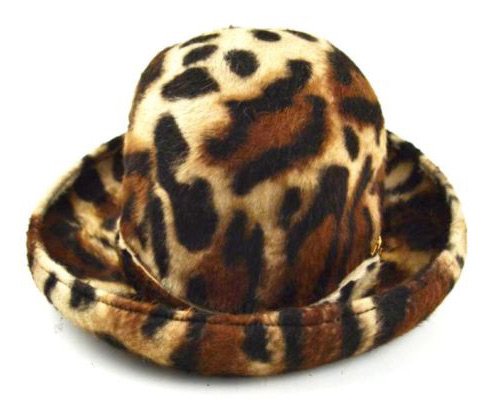
Felt is distinguished between smooth and nap.
Pile can be of different lengths:
• "under suede" (pile length less than 0.5 mm)
• "short-haired" (pile length from 0.5 to 1.5 mm)
• velor (thick standing pile 1.5-2.5 mm long)
• "long-haired" (pile length from 3 to 8-12 mm).
In foreign languages, felt and felt are called felt. Therefore, in order to find out what we are talking about, it is necessary to clarify what material is specifically referred to, from what types of wool it is produced.
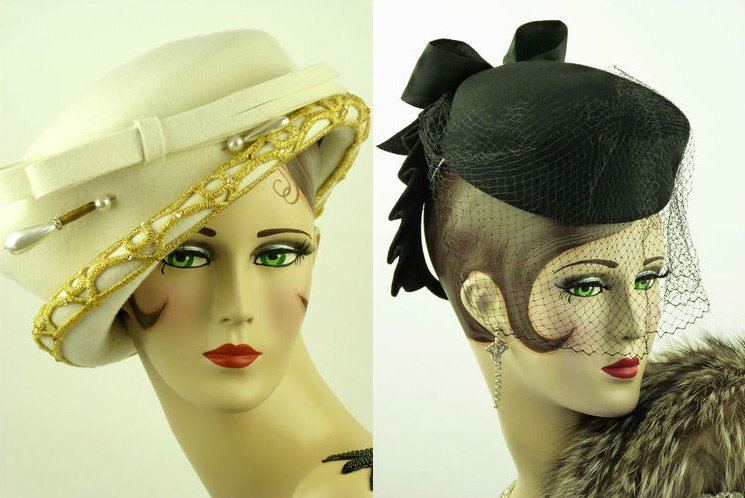
The history of felt hats
Saint Clement I, bishop of Rome, at the beginning of the new era (AD 100) laid the foundation for the use of these materials. As the legend says, it was this man of a righteous life who deserved not only respect for his spiritual life from people, but was also called the discoverer of felt. How did this happen? Most likely like this: to warm his feet, and to reduce friction, he put wool in his sandals. And then I discovered that the wool under the pressure of the feet, friction and moisture transformed into a dense cloth ...
Nowadays, felt (felt, felt) is made according to the same principle (felting). Wool is a fiber with rollability. The villi of the wool are scaly. During mechanical processing, felting, there is a directional movement of the fibers, which allows the fibers to interlace and interlock with each other. Temperature, humidity and acidic or alkaline environments make it possible to regulate the rolling process. The product shrinks over the area. The shrinkage of the felt is 80%, which increases its strength.
And so, felt is a non-woven material that is made from natural wool or from the fibers of the fur of various fur-bearing animals.
In the 17th century and later, rabbit or hare wool, as well as beaver wool, were used as raw materials in the manufacture of felt hats. Unlike sheep's wool, this wool is sheared from the skin of a dead animal, but only after an etching solution (chemical liquid) has been applied to the ends of the hair, which increases the wool's rollability. Beaver wool was the most popular and reached its zenith in the 17th century. The reason was the successful combination of aesthetic and physical properties.
Beaver (castor) hats were prized for their lightness, warmth, beauty, water resistance and durability. Hats made of sheep's wool quickly lost their shape when wet, and naturally their age was short-lived, moreover, they were heavier than castor hats. Consequently, no sheep's wool was used to make hats. Beaver undercoat felt was highly prized. In the 18th century, beaver skins and fur cost almost 50 times more than a rabbit and a hare. A beaver felt hat was considered a luxury. By the presence of a felt beaver hat, one could judge that the owner had a high position in society.
Finally, the beavers began to disappear. They began to mix a beaver undercoat with a hare or rabbit. And this is where the black pages begin in the biography of the felt hat.In order to mix the more expensive wool with the less expensive and at the same time get a beautiful and expensive felt, they began to use ... mercury in the production of hats. The fact is that there are notches at the ends of the beaver villi, which provide a dense weave and high-quality felt, while rabbit and hare villi have almost no such notches. Therefore, they began to use preparations containing mercury, so that, after processing them, hare and rabbit skins would have the same properties as beaver skins. And so, the skins of the hare and rabbit were soaked in mercury.
Now any schoolchild knows what mercury is and what the danger is in contact with it, in whatever form it may be. French hatters from the 18th to the early 19th centuries were doomed to a short life. But the life of the cities where felt hats were produced was in mortal danger.
Studies show that many felt hats at the Victoria and Albert Museum still contain enough mercury to harm the health of those who deal with them. Therefore, visitors can only see them through the cellophane packaging.
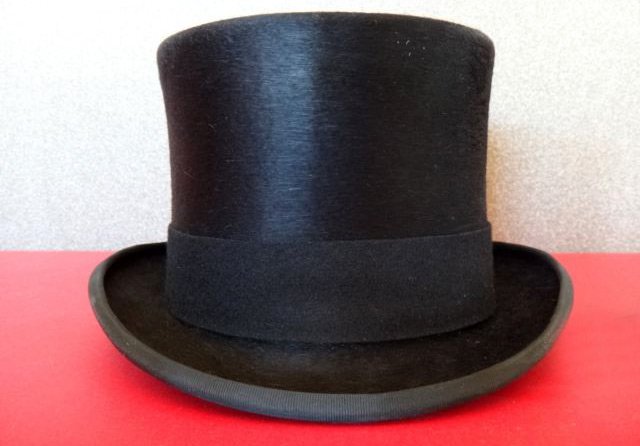
While hats were made by hand 300 years ago, today they are completely mechanized. And of course, the production of felt hats is much faster and with less physical labor. And what about the harmfulness of the production of hats?
To make a felt hat from rabbit and bunny down, many technological steps are still required.
To achieve maximum homogeneity, the fibers of various origins are mixed, then cleaned, the guard hairs are selected and an amazingly soft to the touch fur mass is obtained. It is much softer and thinner than the finest sheep's wool. Then they are pressed between heavy plates, causing the fibers to curl and interlock. And in order to finally achieve high-quality felting, the material is placed in containers with diluted sulfuric acid and further rammed with heavy mallets. The material is then rinsed out with the addition of tetrachloroethylene. Etc…
Is felt production harmful? The answer is unequivocal - Yes.
Harmful and hazardous production in the manufacture of hats:
• A huge number of different production machines and machine tools with rotating parts that need to be protected.
• Noise
• Dust
• Chemicals: sulfuric acid, quinone and others. Adequate exhaust ventilation and personal protective equipment must be provided.
• Heat and fire
• Possible infection of infectious diseases from animal hair.
Felt production
Today, fur felt is most commonly used for hats and is made from the fur of rabbits, hares, coyotes, muskrats and beavers. Rabbit hair is more often used for velor hats, and of the highest quality, rabbit hair is used for making ordinary smooth velor and even cowboy hats.
Men's felt hats look stylish and original on girls. And for them, the main thing remains not to make a mistake, with what to wear it in order to look luxurious.
Perhaps now that you have learned so much about felt hats, you should think not only about what to wear it with, but also about how painstaking and unsafe work it gets ...
Comments and Reviews
Add a comment
Rating news
Shades of clothing that make women look younger
What shades of hair make women younger: rules and photos
Funny wedding dresses - photos and ideas
12 most expensive down jackets for the winter
How to look 25 at 40: tips from supermodels
Beautiful schoolgirls
Anti-aging haircuts and hairstyles for women
Fashionable skirts for autumn and winter
Fashionable women's trousers for the cold season
Fashionable and stylish sandals for summer 2024
Spring-summer 2024
 Fashionable dresses and tops with thin spaghetti straps
Fashionable dresses and tops with thin spaghetti straps
 Bandana tops: how to wear stylishly and beautifully
Bandana tops: how to wear stylishly and beautifully
 How to put together the perfect men's wardrobe for the summer
How to put together the perfect men's wardrobe for the summer
 Fashionable shorts for spring-summer 2024
Fashionable shorts for spring-summer 2024
 Fashionable skirts for spring-summer 2024: a guide to online shopping
Fashionable skirts for spring-summer 2024: a guide to online shopping
 The most fashionable dresses spring-summer 2024: styles and colors
The most fashionable dresses spring-summer 2024: styles and colors
 Fashionable total look 2024: ideas of images and trends
Fashionable total look 2024: ideas of images and trends
